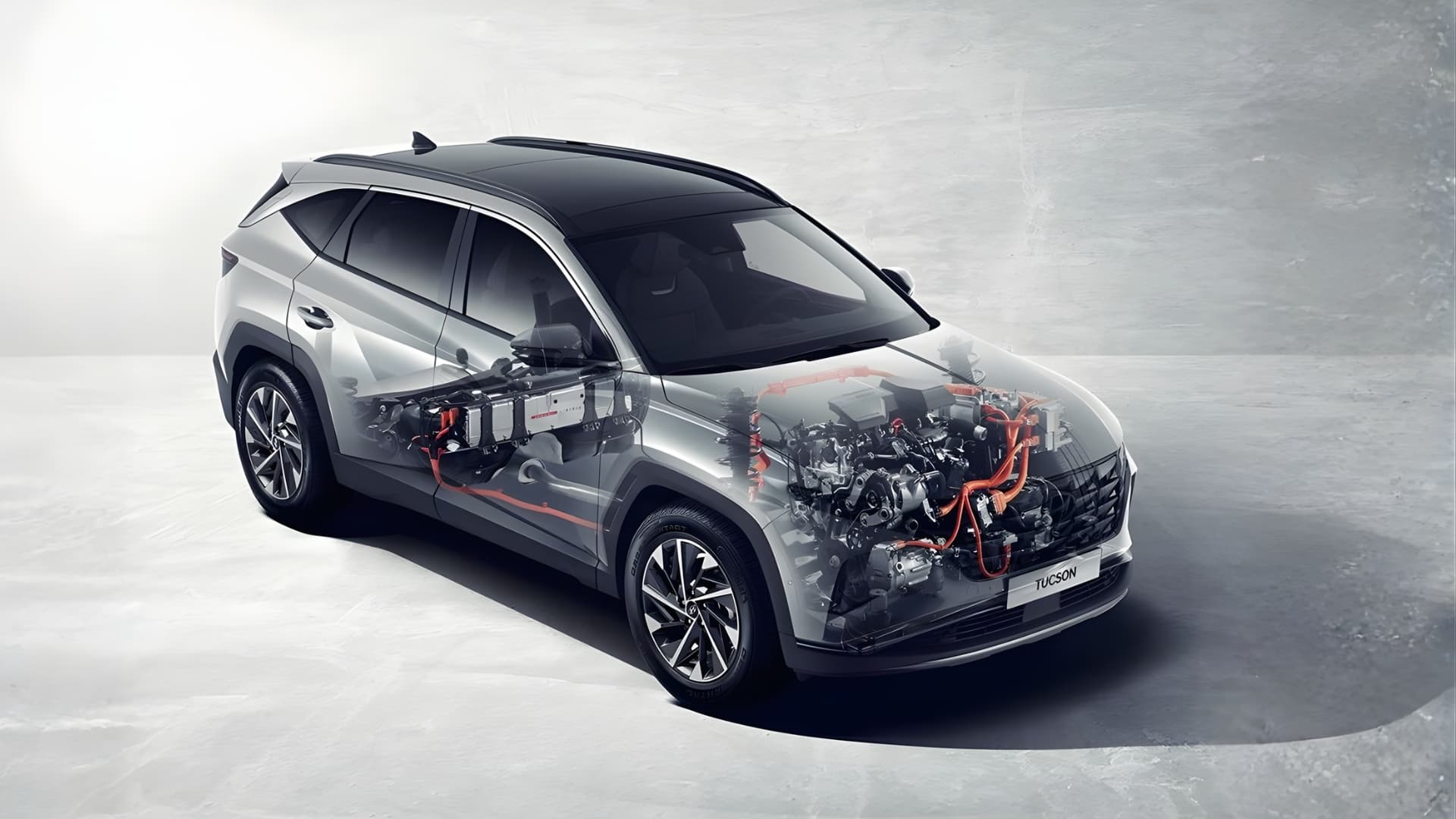
Fatigue or sleepiness and driving is a dangerous combination and a silent killer on Western Australian roads. It is believed it could be responsible for up to 30% of all road deaths. Most people are aware of the dangers of drinking and driving but don’t realize that driving drowsy can be just as fatal. Like alcohol, sleepiness slows reaction time, decreases awareness, impairs judgment and increases your risk of crashing.
Driver sleepiness is particularly dangerous because it can affect anyone, no matter how experienced a driver they might be. Although some are able to recognise that there may be a problem, many people drive while they are drowsy, simply because they are unable to distinguish whether it is affecting their driving and whether they are too drowsy to drive.
Early warning signs
- Sleepiness
- Can’t stop yawning
- Wandering thoughts, difficulty concentration on driving
- Drifting between lanes, off the road or miss signs
- Changes in speed, especially slowing down without reason
- Very heavy eyelids
- Poor concentration
- Boredom
- Restlessness
- Microsleeps
If you are driving, you should get off the road if you:
- Are blinking slowly or blinking more than normal
- Are having trouble keeping head up
- Are yawning
- Notice your eyes closing or going out of focus
- Forget driving the last few kilometres
After driving for long periods, you should:
- Swap drivers when possible
- Stop for a break or coffee
- Stop to have a short sleep
Risk factors that may contribute to fatigue-related crashes
- Insufficient sleep before driving
- Holding multiple jobs
- Working night shift
- Long periods awake
- Poor quality sleep
- Inadequate rest breaks
- Stress
- Environmental stresses
- Illness or pain
- Use of medication that cause drowsiness
How bad can it really be?
Driving after 17 hours without sleep can affect your driving performance as much as a blood alcohol level of 0.05 percent. Getting up at 7am in the morning, staying awake during the day, going out in the evening and then driving home at midnight will get you to this level.
Twenty four hours without sleep is as dangerous as driving with a blood alcohol level of 0.10 percent.
Who is most at risk?
Statistics show that more than half of the fatigue related driving accidents involve people 25 years or younger. Shift workers are also high risk as well as long distance truck drivers. If you have any type of sleep disorder, you are also at a much higher risk of an accident. Most accidents happen when you have had less than 6 hours sleep.
FACT: You are most at risk between 1am and 6am when your alertness is low.
Reduce the risk
- Plan your journey to include a 15-minute break for every two hours travel time.
- Don’t start a long trip if you are already tired.
- When possible, avoid long trips between midnight and 6am when you are more likely to feel sleepy anyway.
- If you do start to feel sleepy, find a safe place to stop. Drink coffee or a high-caffeine drink and rest for 10 to 15 minutes to allow time for the caffeine to kick in.
- Remember, the only cure for sleepiness is proper sleep. Caffeine drinks and naps are a short-term solution and will allow you to keep driving for a short time only.
FACT: Australian national data indicates a significant increase in fatigue-related crashes during holiday periods such as Christmas and Easter.
Studies have shown that drivers don’t fall asleep without warning. Drivers who fall asleep at the wheel have often tried to fight off drowsiness by opening a window, or by turning up the radio. This doesn’t work for long.
Remember, the best cure for drowsiness is sleep. If the warning signs are there, you should stop and take a break.
several modern cars are equipped with advanced driver assistance systems (ADAS) that can detect if a driver is falling asleep or becoming drowsy. These systems use various technologies such as cameras, sensors, and algorithms to monitor the driver’s behaviour and provide alerts if signs of fatigue are detected. Here are some key features in cars that can detect drowsiness:
1. Driver Attention Monitoring
Many new vehicles are equipped with driver attention monitoring systems. These systems typically use a camera to track the driver’s face, eyes, and head movements, monitoring signs of drowsiness or distraction. If the system detects that the driver’s eyes are closing frequently or their head is nodding, it will trigger an alert to warn the driver to take a break.
2. Lane Departure Warning (LDW) and Lane Keeping Assist (LKA)
Some systems detect drowsiness by monitoring the vehicle’s position within the lane. If the car begins to drift without the driver signalling a lane change, the system will warn the driver. In more advanced systems, lane-keeping assist can gently steer the vehicle back into the lane if the driver doesn't react quickly enough.
3. Steering Behaviour Monitoring
Drowsiness detection can also be based on monitoring the driver’s steering patterns. When a driver is tired, their steering may become less steady or inconsistent. The system analyses the steering input and triggers an alert if unusual patterns are detected, such as swerving or making sudden corrections.
4. Vibrations and Alerts
Some cars use vibrations in the steering wheel or seat as a form of alert when drowsiness is detected. These vibrations, combined with visual or audible warnings, encourage the driver to stay alert or pull over to rest.
5. Coffee Cup Warning
A common feature in many cars with drowsiness detection is the “coffee cup” icon that lights up on the dashboard. This is a gentle reminder that it might be time to take a break. This alert is typically based on how long the driver has been on the road without stopping or based on irregular driving patterns.
Popular Car Models with Drowsiness Detection Features
Here are some of the most popular car models in Australia that come with driver attention monitoring and drowsiness detection features. These cars are known for their advanced safety systems and are widely available in the Australian market:
1. Toyota RAV4
One of the best-selling SUVs in Australia, the Toyota RAV4 is equipped with Toyota Safety Sense, which includes a driver attention monitoring system to detect signs of fatigue or inattention.
- Key Features:
- Pre-collision safety system
- Lane departure alert with steering assist
- Adaptive cruise control
- Drowsiness detection (Driver Attention Monitoring)
2. Mazda CX-5
Another top seller in the Australian SUV market, the Mazda CX-5 comes with Mazda’s i-Activsense Safety Technologies, which include a driver attention alert system.
- Key Features:
- Driver Attention Alert (DAA) that warns if the system detects fatigue
- Smart City Brake Support
- Lane-keeping assist
- Blind-spot monitoring
3. Subaru Outback
The Subaru Outback is known for its ruggedness and safety features, including Subaru’s EyeSight Driver Assist technology, which includes a drowsiness detection feature.
- Key Features:
- EyeSight Driver Assist (with drowsiness detection)
- Adaptive cruise control
- Lane departure warning
- Pre-collision braking and throttle management
4. Hyundai Tucson
The Hyundai Tucson is a popular SUV in Australia, featuring Hyundai’s SmartSense safety package, which includes driver attention warning technology.
- Key Features:
- Driver Attention Warning (DAW)
- Forward collision avoidance assist
- Lane-following assist
- Adaptive cruise control
5. Kia Sorento
The Kia Sorento is a popular choice for families and comes with Kia’s Drive Wise suite of advanced safety features, including a driver attention warning system.
- Key Features:
- Driver Attention Warning (DAW)
- Safe exit assist
- Blind-spot collision avoidance
- Autonomous emergency braking
6. Tesla Model 3
The Tesla Model 3 is widely popular in Australia for its advanced technology and safety features. Tesla’s Autopilot includes driver monitoring that requires the driver’s attention and will alert if it senses drowsiness or inattentiveness.
- Key Features:
- Autopilot with driver attention monitoring
- Lane-keeping assist
- Emergency braking
- Traffic-aware cruise control
7. Mercedes-Benz E-Class
Mercedes-Benz E-Class, feature Attention Assist, which monitors driver behaviour and suggests breaks when it detects signs of drowsiness.
- Key Features:
- Attention Assist (Drowsiness detection)
- Active lane-keeping assist
- Blind-spot assist
- Pre-Safe system for collision prevention
8. Audi A4 and A6
Audi’s mid-size A4 and full-size A6 are equipped with Audi’s Driver Assistance Package, which includes a driver attention alert system to combat fatigue.
- Key Features:
- Driver Attention Warning
- Adaptive cruise control
- Lane departure warning
- Rear cross-traffic alert
9. BMW 3 Series
The BMW 3 Series offers BMW’s Driver Assistance Package, which includes a fatigue detection system to ensure driver attentiveness on long drives.
- Key Features:
- Driver Attention Camera
- Lane departure warning
- Adaptive cruise control
- Forward collision warning
10. Volvo XC60
The Volvo XC60, like all Volvo vehicles, prioritizes safety and comes equipped with Volvo’s City Safety and Driver Alert Control, which monitors drowsiness and recommends breaks.
- Key Features:
- Driver Alert Control (DAC)
- City Safety with AEB (pedestrian and cyclist detection)
- Blind-spot information system
- Lane-keeping aid
Conclusion
Drowsiness detection technology is a growing trend in modern vehicles, with many manufacturers incorporating systems designed to monitor and alert drivers who may be falling asleep. These features enhance road safety by helping to prevent accidents caused by driver fatigue. If you’re looking for a car equipped with these technologies, Westside Auto Wholesale offers a wide range of pre-owned vehicles that include these advanced safety systems. Visit us today to explore the best options for keeping you and your loved ones safe on the road.




